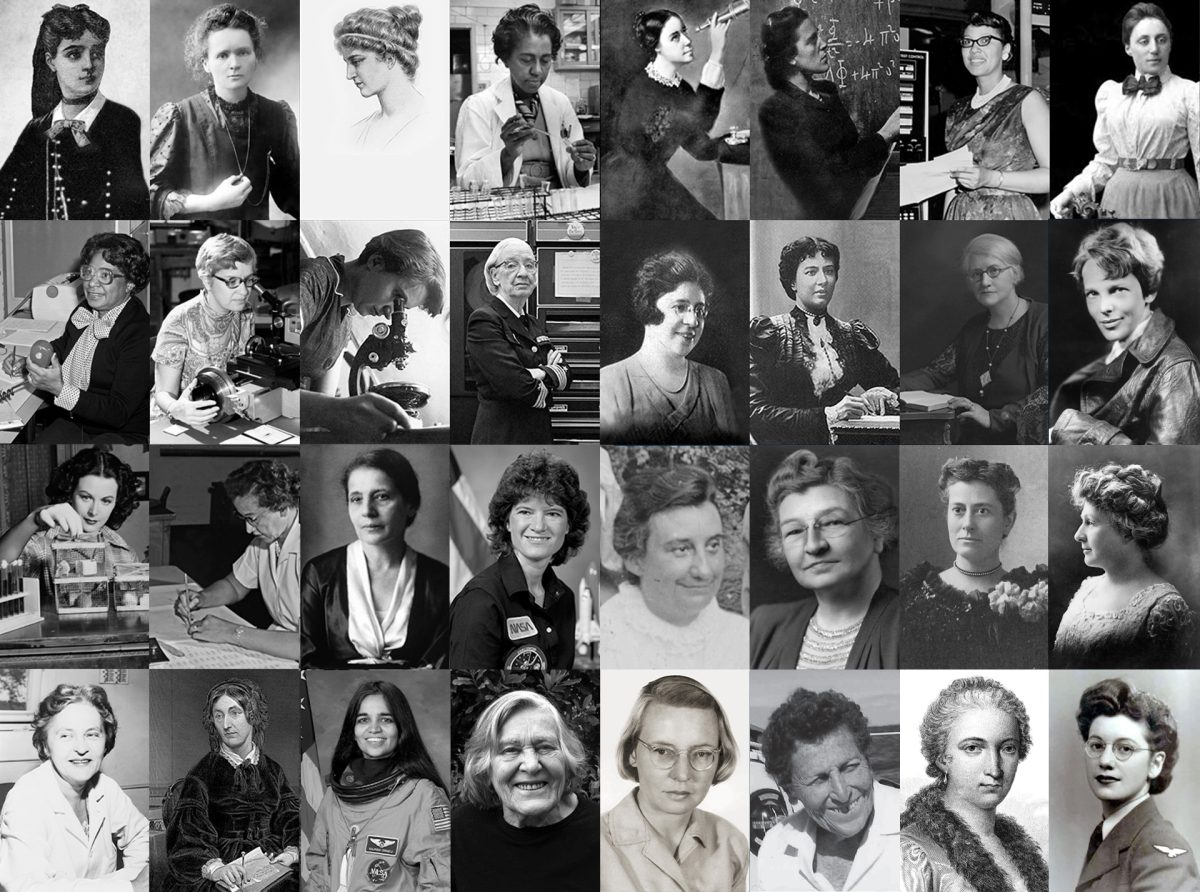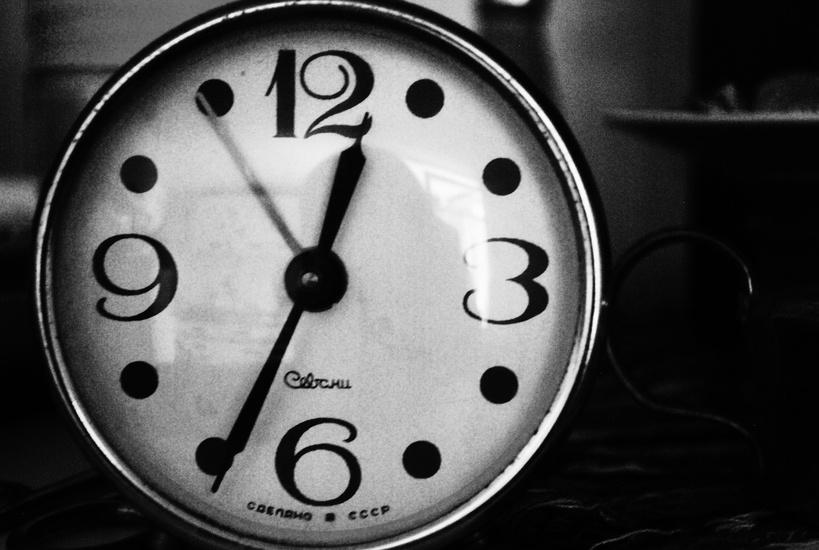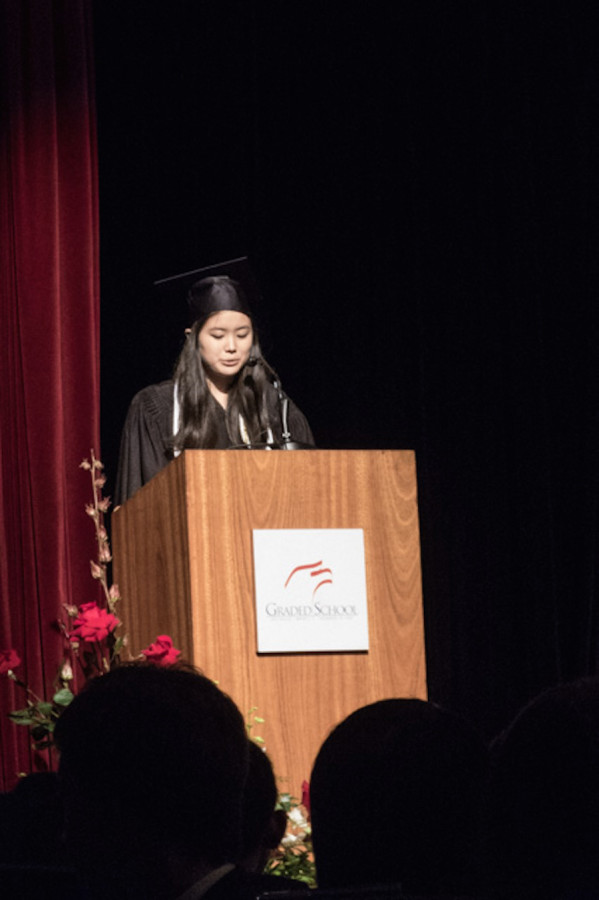Imagine a student sitting quietly, chest tight, heart pounding. Not exam panic (that’s fear). Not ongoing worry (that’s anxiety). Something heavier, suffocating, inescapable. Yet most say only, “I’m anxious” or “I’m stressed.” We’ve lost the word anguish (German: angst), once central to human experience.
Historically, anguish meant narrowness, tightness, strangling (Latin angustus, Greek anghós). Roman writers used angor for crushing chest pain. Neuroscience describes anguish as suffocation, insecurity, resentment, despair. Philosophers knew it: Kierkegaard called angst “the dizziness of freedom,” the dread of endless choices. Across cultures, words like Portuguese angústia or Japanese mune no kurushimi name this chest-bound suffering. Yet psychiatry erased it.
Angst vs. Anxiety, Fear, Panic
Fear is immediate alarm: fight or flight. Anxiety is vague apprehension, “what if” without a clear monster. Panic is sudden, overwhelming terror: racing heart, choking, trembling.
But anguish is different: not future worry, not brief terror, but present torment. It clamps the chest, shortens breath, stops digestion. It fuses mental pain with physical tightness—“more severe than anxiety,” one psychiatrist wrote. In anguish, you’re consumed by immediate dread, powerless against an unnamed threat.
Why Anguish Vanished
If anguish was everywhere in ancient texts and early psychiatry, why did it disappear? Mostly: translation. Freud’s German Angst covered dread and fear, but in English it became just “anxiety.” Aubrey Lewis’s 1960 definition narrowed anxiety to future-focused fear, excluding present suffering. That neatness suited psychopharmacology: symptoms were slotted into anxiety, depression, or panic. “Anguish” became a lay term, stripped from textbooks.
Even psychoanalysis folded it in. Freud’s metapsychology treated anxiety broadly; Melanie Klein called anxiety the fundamental psychic force, ignoring anguish as separate. French analysts kept angústia, but English-speaking psychiatry flattened it out. Generations of therapists stopped naming it.
Consequences of Losing the Word
Why does it matter? Because not all suffering is the same. Without the word, we fail to see what people actually feel. Students don’t only face test stress; many battle existential dread, floods of emotion, or despair about meaning. Say only “I’m anxious,” and nuance vanishes.
Research shows anguish has weight. A 2025 study found patients reporting anguish (tight chest, despair) scored far higher in depression and somatic symptoms than those with ordinary anxiety. Depression co-occurred 3.6 times more often with anguish. In practice: the student saying “something is crushing me” is in deeper pain than the one jittery about grades. Missing that distinction means missing their need for help that isn’t just anxiety meds.
Surveys echo this. About 71% of students report existential anxiety (angst by another name), tightly linked to depression. One global poll showed anguish rising from 25% to 31% of respondents. For young people, the question “what’s the point?” is not captured by “stress.”
Think of Maria—swamped by applications, social media, climate dread. She says her chest is tight, nothing matters. If adults hear only “anxiety,” she’ll get breathing tips. But maybe what she needs is a space to talk about meaning, values, failure, hope. Without the word anguish, we erase that complexity.
Restoring Anguish
Words don’t just describe feelings—they shape whether we notice them. Naming anguish means acknowledging that some distress is more than “high anxiety”: it’s existential pain, a soul weighted down. Neuroscience even suggests unique brain circuits in the insula for this visceral hurt, distinct from fear or panic.
In an age of relentless pressure and looming questions, we need a language that honors the depth of human suffering. Teachers, parents, counselors must listen beyond “anxiety.” Restoring anguish to our vocabulary reclaims the possibility of seeing, naming, and healing a pain that has always lived in the chest, the heart, the soul.
Sources:
Berrios, German. “Anxiety Disorders: A Conceptual History.” Journal of Affective Disorders, vol. 56, no. 1, 1999, pp. 83–94.
Craig, A. D. “How Do You Feel Now? The Anterior Insula and Human Awareness.” Nature Reviews Neuroscience, vol. 10, no. 1, 2009, pp. 59–70.
Deakin, J. F. W., and F. G. Graeff. “5-HT and Mechanisms of Defence.” Journal of Psychopharmacology, vol. 5, no. 4, 1991, pp. 305–315.
Gentil, Valentim, and Maria de Lourdes Felix Gentil. Os Conceitos de Ansiedade e Angústia em Psiquiatria e Psicanálise. 2012.
Gentil, Valentim, and M. L. F. Gentil. “Why Anguish?” Journal of Psychopharmacology, vol. 0, no. 00, 2009, pp. 1–2. doi:10.1177/0269881109354134.
Graeff, F. G., and C. M. Del-Ben. “Neurobiology of Panic Disorder: From Animal Models to Brain Neuroimaging.” Neuroscience and Biobehavioral Reviews, vol. 32, no. 7, 2008, pp. 1326–1335.
Kierkegaard, Søren. The Concept of Anxiety. Translated by Reidar Thomte, Princeton University Press, 1980. (Originally published 1844 as Begrebet Angest).













